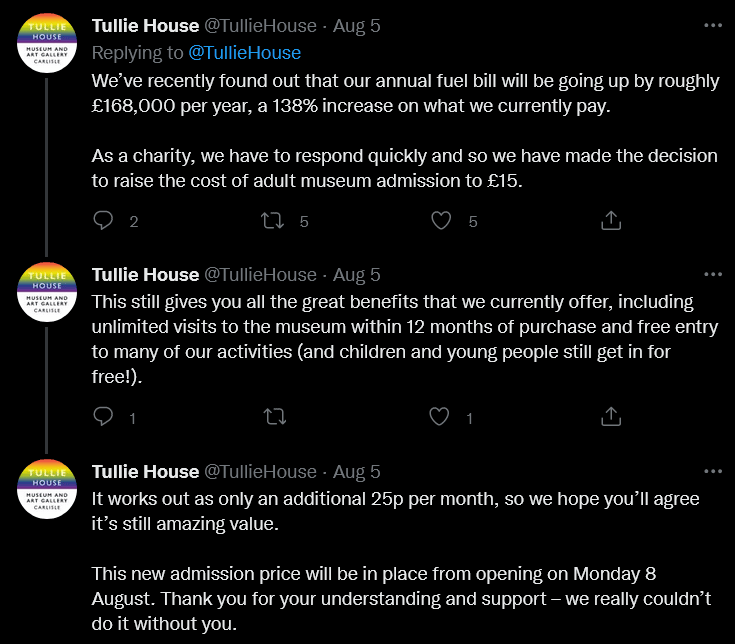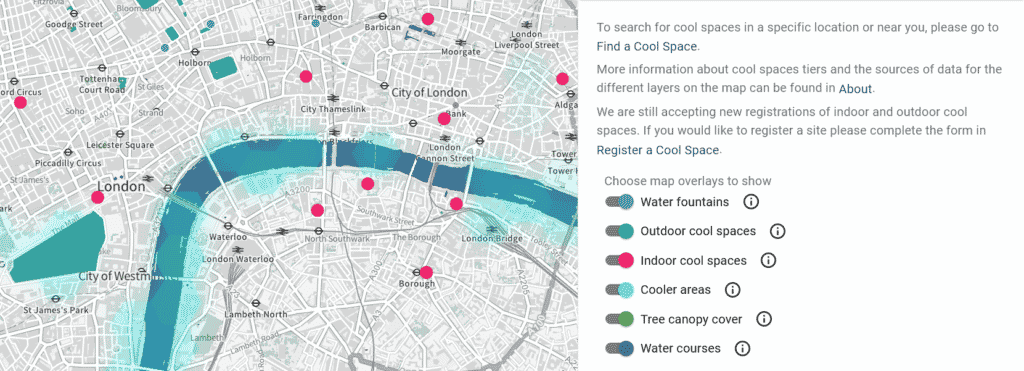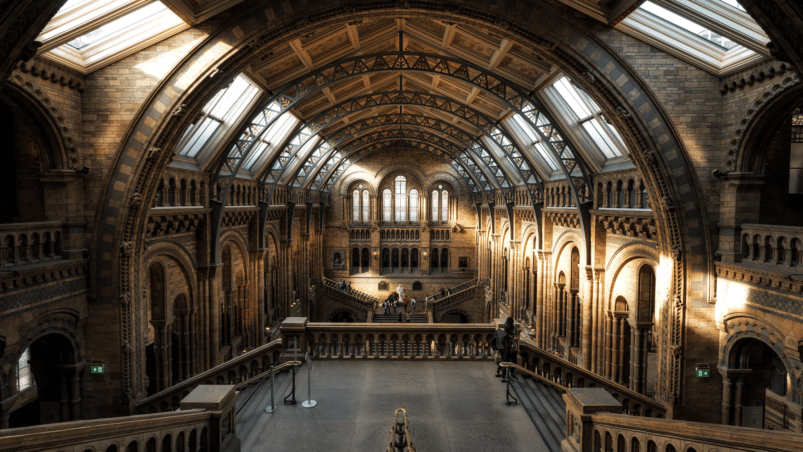While Europe is still coping with the consequences of drought and heatwaves, heritage institutes and organisations are already preparing for the winter. In Britain for example, the government is counting on museums to provide warm and accessible spaces for those unable to heat their homes during the coldest months. But with spiralling inflation, rising energy prices and no extra funding to solve these issues, museums are facing a long winter.
The initial announcement that public buildings in the UK such as libraries and museums will become part of a nationwide shelter network for people unable to afford to heat their homes in the winter months was greeted with enthusiasm. A library in Greenwich already made sure all visitors would have a seat, Metro reported. But as the British government is not planning on supporting the institutes with the necessary funding to cope with the surge of visitors and higher energy bills, the museum sector might end up in the cold themselves.
Rising costs
Alistair Brown, policy manager at the British Museums Association points out that while museums will become a nationwide network of warm shelters, institutes are in a tight spot themselves. “Museums will be relied upon to respond to this crisis, but many will be struggling to heat their own spaces”, he told The Guardian. “People are beginning to understand the scale of the crisis and we don’t want to reduce the hours that museums are open.”
And the impact of these costs certainly is already noticeable, as the Catalyst Science Discovery Centre and Museum in Widnes (England) experienced. Chair of trustees Diana Leitch and CEO Lee Juby were shocked by the cost increase. “I think both of us were in disbelief as the price we were paying for the current year to the end of September 2022 had risen from £9,700 to a predicted £48,000, a 400% increase”, Leitch told the Museums Association. The museum eventually signed a new contract with a different supplier at £44,000 for the coming year, a 353% increase on its previous rate.

Government aid
But apart from keeping the lights on, there are more things to worry about for the sector. “Increasing energy costs are just one aspect of a far larger picture that is emerging, one that shows costs rising in every area of our work”, wrote Frances Jeens, director of the Jewish Museum London in an opinion article. She fears, that as many businesses don’t have an energy price cap in their contract, energy companies will try and recoup any losses they feel they experience from home user caps.
She feels sector bodies need to lead the charge for better understanding from all parties involved. “We need experts in these bodies that understand energy, government grants and financial crises”, she pleads. “We need practical and free help now, on courses like how to forecast budgets during a recession. We also need to see pressure put on the government, with case studies that show the real impact of these costs.”
Brown agrees that help is needed: “Without additional government intervention, organisations will have to make difficult decisions about whether to close for the winter, cut opening hours, or cut other areas of activity simply in order to afford their energy bills.” He hopes, like many museum directors and employees, the British government will take responsibility. “We want to see concerted action from the government – as we saw during the Covid crisis – to help reduce the sudden shock of these huge bills.”
Extreme weather solutions
It is not the first time this year that museums and public buildings are called upon to help out the public by opening up their doors. This summer, several cities in the UK decided to offer free access to cooler spaces for citizens to survive heatwaves during the summer, Eurocities reported. Museums, libraries, community centres, swimming pools and sports arenas provided shelter from the warmth since not everyone has the possibility to properly cool their homes or flee to the countryside.
While in Europe’s southern regions traditional homes feature thick walls, smaller windows and large shaded areas to offer shelter from the sun, buildings in Northern Europe were historically made to attract and keep warmth inside due to the colder climate. As heat plans and ‘Cool spaces‘ maps were launched, multiple museums and heritage sites stepped in and made sure the public could keep its cool.

As multiple experts warn that extreme weather conditions could become the norm in coming years due to climate change, public institutes such as museums can become key in surviving the heat or cold. Authorities such as the municipality and government have the opportunity to give more important roles to museums and heritage sites to function as inclusive ‘cool spaces’ or warm shelters in their future climate plans.
However, it is clear that without appropriate funding from government bodies, or discussion with energy suppliers, museums might be at risk this winter. “Most of us will find a way, but I think it’s true that some won’t”, Jeens warns.
Source: Eurocities, Metro, Museums Association, The Guardian

